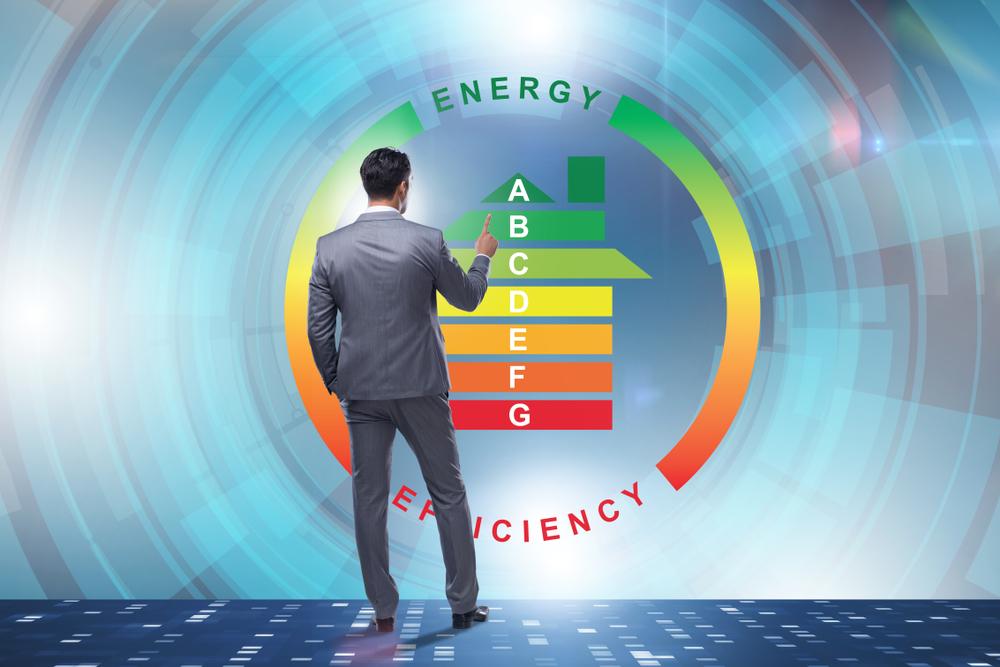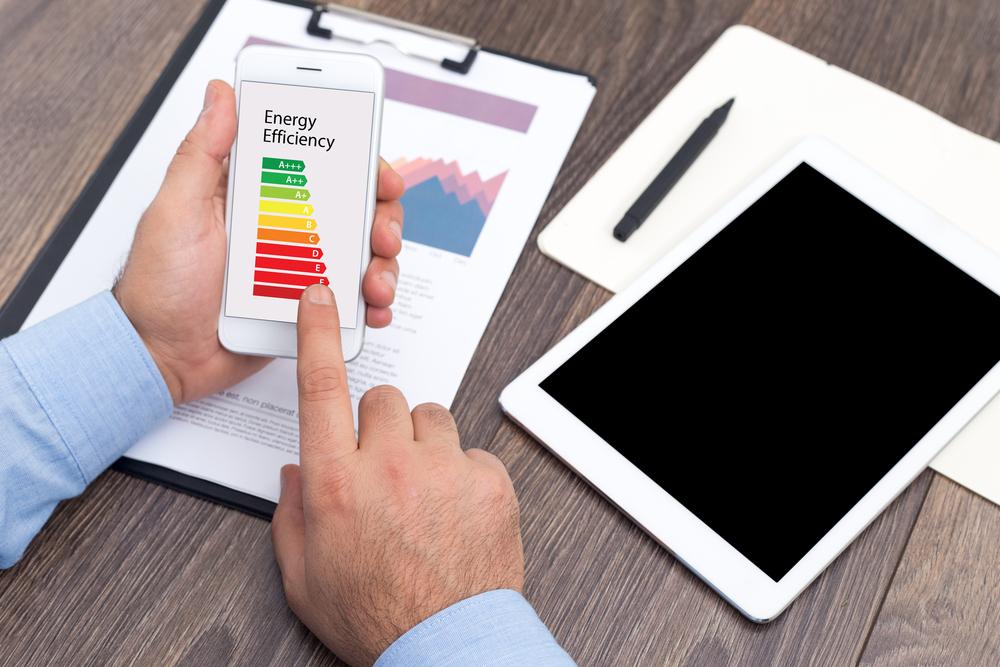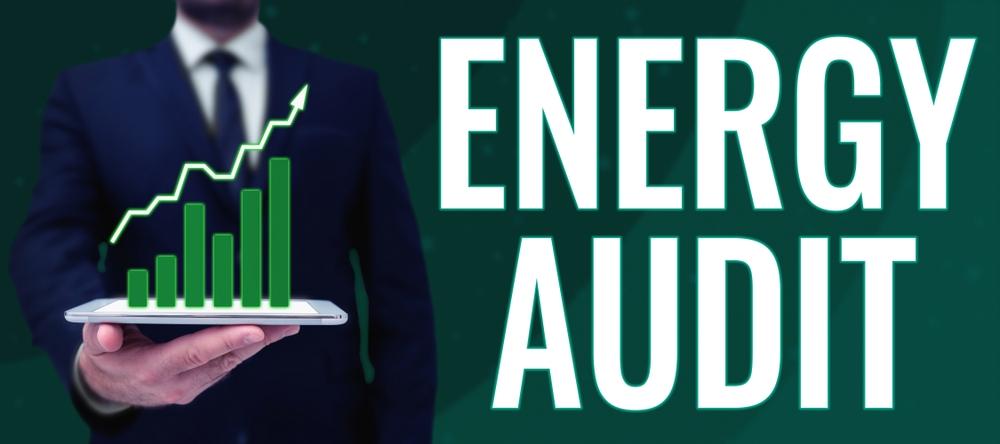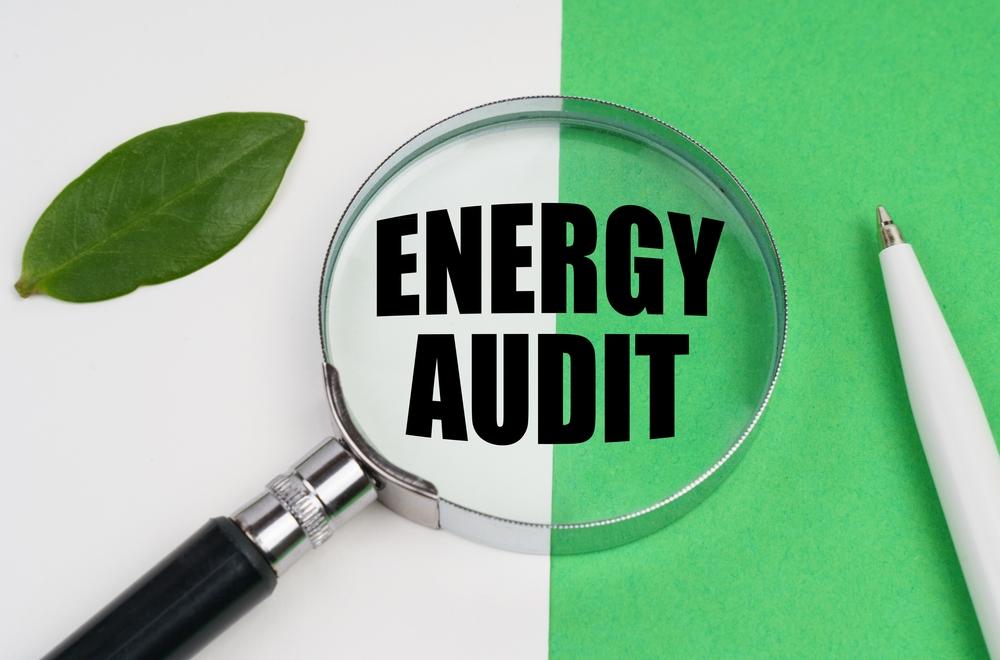I. Introduction
Real estate investment is a substantial financial endeavor for many entrepreneurs and individuals seeking to diversify their portfolios and accrue wealth. More than just purchasing land or property, real estate investment involves diligent management and strategic enhancement to ensure the asset appreciates in value while providing substantial returns. One of the most effective strategies to increase the asset’s value and maximize ROI is through building upgrades.
Upgrades and renovations can transform an underperforming property into a desirable location, attracting higher-quality tenants and commanding more competitive rental rates or sales prices. They are not just about aesthetic improvements but are strategic investments that can significantly enhance the functional and economic status of real estate assets.
II. Definition of Key Terms
Return on Investment (ROI)
ROI is a universally utilized benchmark used to measure the profitability of investments. It compares the net benefits received from an investment to the cost incurred. In real estate, ROI is calculated by considering the increase in property value, the costs associated with the investment, and the income generated through renting or leasing.
Real Estate Investment
Investing in real estate involves purchasing, ownership, management, rental, and/or sale of real estate for profit. Improvement of property as part of a real estate investment strategy is generally aimed at increasing the value of the property, which is achieved by enhancing its desirability and extending its lifespan.
III. The Importance of Upgrades in Real Estate Investment
Real estate upgrades range from minor enhancements, like painting and landscaping, to major renovations such as adding new floors or retrofitting for energy efficiency. These investments often lead to considerable returns. For example, remodeling a kitchen can provide a return on investment of 50% to 80%, significantly impacting the property’s overall market value. More so, upgraded properties tend to sell faster in the competitive market, as shown in various industry analyses.
IV. Types of Building Upgrades to Consider
Technological Upgrades
With the advent of smart technology, installing Smart Building Systems has become a requisite for modern properties. Systems such as automated heating, ventilation, and air conditioning (HVAC) systems, smart locks, and energy-efficient appliances not only improve the quality of life for occupants but also reduce ongoing property maintenance costs and energy consumption.
Safety Upgrades
Investing in safety improvements, including advanced fire detection and suppression systems and robust security systems with CCTV and alarms, increases a property’s value. These systems are essential in protecting assets against potential losses due to accidents or theft, which could adversely affect the property’s profitability.
Cosmetic Upgrades
Aesthetic enhancements such as new paint, updated exterior facades, and modern landscaping can drastically increase curb appeal and attract premium tenants and buyers. Even simple changes like upgrading lighting fixtures or window treatments can refresh a space and make it more appealing.
Functional Upgrades
Functional upgrades involve overhauling outdated installations or redesigning spaces to improve their usability and appeal. Remodeling bathrooms and kitchens often offers the highest returns because they are critical in influencing tenants’ and buyers’ decisions.
V. How to Choose the Right Upgrades to Maximize ROI
Choosing the right upgrades requires a deep understanding of the local real estate market, current trending property features, and tenant demographics. Real estate investors should prioritize upgrades that align with the demands of the locality. For instance, in high-tech areas, incorporating advanced technological systems might be more lucrative, whereas, in family-oriented neighborhoods, expanding living spaces or upgrading kitchens might be more beneficial.
VI. How to Calculate ROI for Building Upgrades
To accurately calculate ROI:
- Identify Total Costs: These include the costs of materials, labor, any permits, and potential lost revenue during renovation periods.
- Estimate the Increased Income: Calculate potential increased earnings from higher rents or increased property value.
- Calculate the ROI: Subtract the total costs from the increased income, divide by the total costs, and multiply by 100 to get a percentage.
It’s essential to avoid common pitfalls such as overly optimistic income increases or underestimating total costs. Tools and detailed guides, such as those provided by BiggerPockets, can help in making accurate estimations.
VII. The Long-term Benefits of Building Upgrades

Beyond immediate financial gains, building upgrades contribute to sustainability by making buildings more energy-efficient and less wasteful in their use of resources. They also maintain the property’s competitive edge in the market, ensuring steady appreciation of the property value over time, which is crucial for long-term investment success.
VIII. Conclusion
Strategic building upgrades are crucial in securing high ROI in real estate investments. They not only enhance the property’s immediate value and appeal but also contribute to its long-term marketability and sustainability.
For investors looking to enhance their properties, it is advisable to thoroughly assess the potential impacts of various upgrades on their specific markets and to plan these enhancements wisely. The right upgrades, combined with sound property management strategies, can significantly elevate the profitability and value of real estate investments.
VertPro.com serves as a resourceful platform for property owners and managers seeking to enhance their buildings’ energy efficiency. The site offers a range of services, including Commercial Energy Audits, Benchmark Compliance consultancy, and a Construction Marketplace. At the heart of VertPro® is a suite of SaaS technology-based solutions designed to assist in navigating the complexities of Energy Benchmarking and Energy Audits/RCx Plus, while ensuring adherence to over 60 Energy Benchmarking and Energy Efficiency Laws across the country.
Maximize ROI with Effective Building UpgradesFor those looking to improve their property’s energy usage and operational value, VertPro.com provides a diverse array of tools and information. The site aims to facilitate a better understanding of energy efficiency practices and legislation, helping building owners and property managers make informed decisions about their energy strategies while complying with all energy ordinances and laws.













